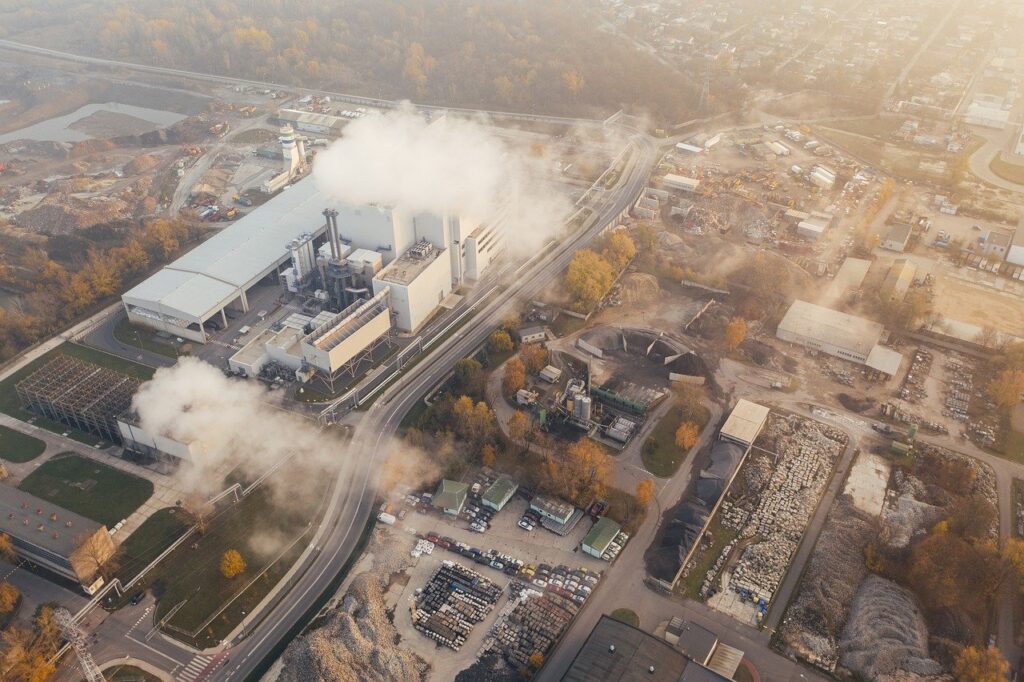CArbon neutrality

Basic concepts
Carbon neutrality refers to the total amount of greenhouse gas emissions directly or indirectly produced by a country, enterprise, product, activity or individual within a certain period of time. Through afforestation, energy conservation and emission reduction, an entity can offset the greenhouse gas emissions generated by themselves to achieve a positive and negative offset, and achieve relative “zero emissions.”
Since its inception in 1997, the concept of carbon neutrality has gained popularity in the West, transforming from an “avant-garde” idea to one that is now generally accepted. China, the European Union and the United States account for more than 70 percent of global carbon dioxide emissions. It is therefore incumbent that these major economies lead a coordinated path to decarbonization.
It is important to note that “carbon” in this context should not refer to carbon dioxide (CO2) only, but to all greenhouse gases (GHGs) and their impact on the greenhouse effect should be accurately measured. For example, although fluorine gases make up only a minority of greenhouse gases, they can persist in the atmosphere for centuries and are powerful greenhouse gases. In a path towards true “carbon” neutrality, this impact must be calculated as well. F-gases contribute 23,000 times more to global warming than CO2, and their emissions are rising significantly. The IPCC defines CO2e as the measure used to compare the emissions from various GHGs based on their global-warming potential (GWP), by converting amounts of other gases to the equivalent amount of CO2 with the same GWP.
INTERNATIONAL TARGET ABOUT CARBON NEUTRALITY
Climate change is a major challenge mankind is facing. To address this challenge, the Paris Agreement, adopted at the Paris Climate Conference in December 2015, set out arrangements for post-2020 global climate governance. “To keep the increase in global average temperature below 2 degrees Celsius over pre-industrial times, and strive to limit the increase to 1.5 degrees Celsius.” To achieve this goal, more than 20 countries around the world have now committed themselves to carbon neutrality.
